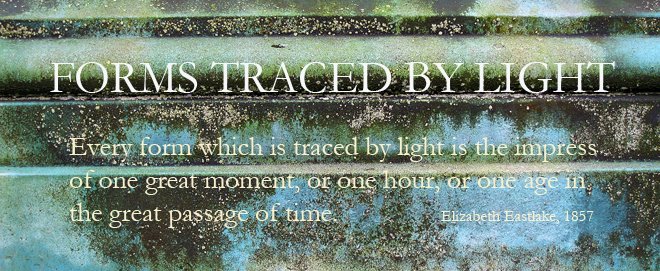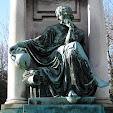Rather too much of this summer has been dominated, one way or another, by Alice's gallstone - or gallstones - her specialist tells her that there may be smaller little deposits rattling around inside there, besides the monster that we've named Pebble. Pebble - to make it more familiar and less scary, I suppose; to speak of it in reassuringly diminutive terms (try calling it Boulder, and you'll get the point); to - well, I would say, anthropomorphise it, but that doesn't seem quite right. It's an invader, a chunk of mineral, a stony deposit with its own intrinsic existence.
It is, in other words, an ideal object through which to think about some of the arguments in Jane Bennett's Vibrant Matter, in which she lucidly and provocatively blurs and complicates the distinction between humans and the world we inhabit, between the matter of the body and the matter of the natural world (a strong argument, of course, for ecological responsibility unfurls). Nothing so strongly as a gallstone reminds us that not only are we composed in part of minerals, but that these can take on a force of their own, existing and multiplying inside the body and affecting one's digestion, one's mood, one's energy levels, one's activities. And in reading Bennett, I turned back to John Frow's article in that Autumn 2001 edition of Critical Inquiry - the edition that did so much to make the study of Things imperative and sexy - and read its title ("A Pebble, a Camera, a Man Who Turns into a Telegraph Pole") quite differently, having already brought that "matrix of histories and geographies" that is - materially speaking - a camera into contact with this small smooth piece of stone in our back yard. And of course, until I re-read this article, I'd completely forgotten the poem by the Polish poet Zbigniew Herbert, that's about the absolute, inaccessible otherness of a pebble, and about the futile human effort to come to terms with this otherness, and one's lack of success in possessing that which exists apart from oneself.
The pebble
is a perfect creature
equal to itself
mindful of its limits
filled exactly
with a pebbly meaning
with a scent which does not remind one of anything
does not frighten anything away does not arouse desire
its ardour and coldness
are just and full of dignity
I feel a heavy remorse
when I hold it in my hand
and its noble body
is permeated by false warmth
- Pebbles cannot be tamed
to the end they will look at us
with a calm and very clear eye
But what of the pebble that both is, but is not, part of one's physical being, and that resists the absorption of food (the subject of Bennett's chapter 3), and that presumably is permeated with real human warmth - warmth that belongs to itself, or to its reluctant possessor? I suspect that this isn't my last musing on that unwanted stone.



This was a good avowal on the ontology of a pebble. I think it's nature was best exemplified in the assertion "equal to itself, mindful of it's limits" this denotes the intrinsic wonders of the pebble.
ReplyDelete